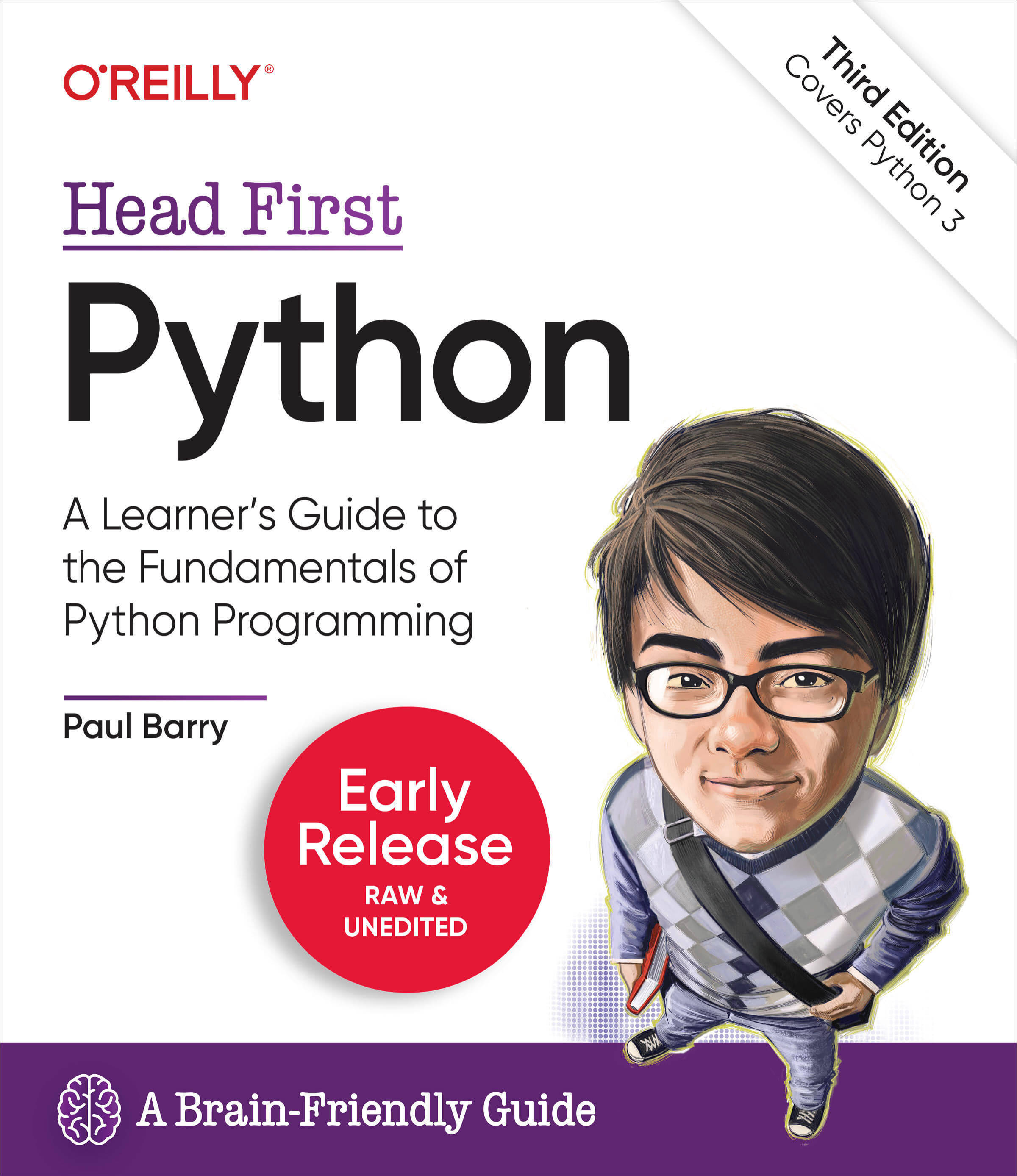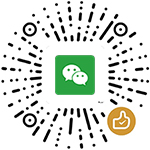
Head First Python: A Learner's Guide to the Fundamentals of Python Programming, A Brain-Friendly Guide 3rd Edition
by 作者: Paul Barry (Author)
Publisher Finelybook 出版社: O'Reilly Media; 3rd edition (September 19, 2023)
Language 语言: English
pages 页数: 663 pages
ISBN-10 书号: 1492051292
ISBN-13 书号: 9781492051299
Book Description
What will you learn from this book?
Want to learn the Python language without slogging your way through how-to manuals? With Head First Python, you'll quickly grasp Python's fundamentals by working with built-in data structures and functions. You'll build your very own web app, which—once it's ready for prime time—runs in the cloud. You'll learn how to wrangle data with Python, scrape data from the web, feed data to pandas, and interact with databases. This third edition is a complete learning experience that will help you become a bona fide Python programmer in no time.
What's so special about this book?
If you've read a Head First book, you know what to expect: a visually rich format designed for the way your brain works. If you haven't, you're in for a treat. With this book, you'll learn Python through a multisensory experience that engages your mind—rather than a text-heavy approach that puts you to sleep.
 finelybook
finelybook



